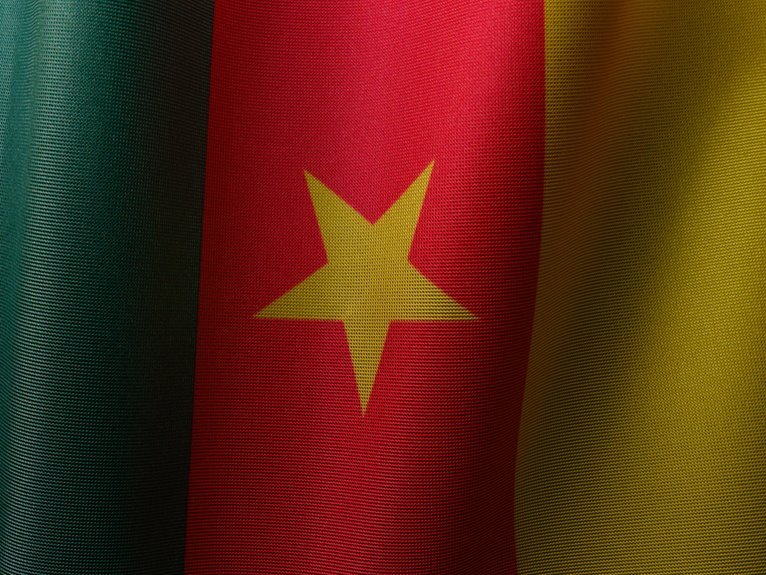
The Chile Flag : Meaning, Colors, and History Explained
The Chilean flag embodies a rich tapestry of meaning through its colors and design. Each hue reflects significant elements of the nation's history and identity. Understanding these symbols requires an exploration of their origins and the evolution of the flag itself. As the flag has transformed over time, it has captured the essence of Chile's struggles and aspirations. What deeper stories lie within its fabric, waiting to be uncovered?
The Colors of the Chilean Flag and Their Significance
The Chilean flag, a striking emblem of national identity, features a simple yet profound color scheme that conveys significant meanings.
The red symbolizes the blood shed for freedom, instilling a sense of courage and resilience. The white represents the snow-capped Andes, embodying purity and peace.
Finally, the blue reflects the sky and ocean, evoking vastness and potential, reinforcing Chile's rich cultural heritage through color psychology.
Historical Evolution of the Chilean Flag
Over the course of more than two centuries, the Chilean flag has undergone several transformations, reflecting the nation's evolving identity and historical context.
The flag design has changed from early revolutionary banners to the current emblem, symbolizing independence and national unity.
Each iteration encapsulates significant moments in Chile's history, illustrating the dynamic interplay between culture, politics, and aspirations for freedom among its people.
Symbolism of the Elements in the Flag
Symbolism plays a crucial role in the design of the Chilean flag, with each element carefully chosen to convey significant meanings.
The blue square represents the sky and the Pacific Ocean, while the white symbolizes peace and the snow-covered Andes.
The red signifies the blood of those who fought for freedom.
Together, these symbolic elements create a powerful flag representation of Chilean identity and resilience.
The Chilean Flag in Contemporary Culture
While many national flags serve primarily as symbols of identity, the Chilean flag has evolved into a multifaceted emblem that resonates within contemporary culture.
Its flag representation transcends mere nationalism, embodying collective aspirations for freedom and justice.
In protests and artistic expressions, it reflects a dynamic national identity, bridging historical significance with modern values, and fostering unity among diverse communities within Chile.
Conclusion
In conclusion, the Chilean flag stands as a vibrant tapestry woven from the threads of history, resilience, and aspiration. Each color, a brushstroke on the canvas of national identity, paints a narrative of sacrifice, purity, and boundless horizons. As it flutters in the wind, it not only symbolizes a collective memory but also beckons future generations to uphold the ideals it represents. Thus, the flag remains a beacon of unity, echoing the enduring spirit of the Chilean people.




